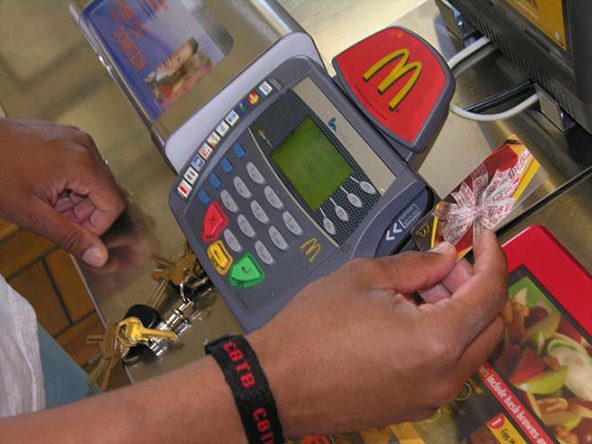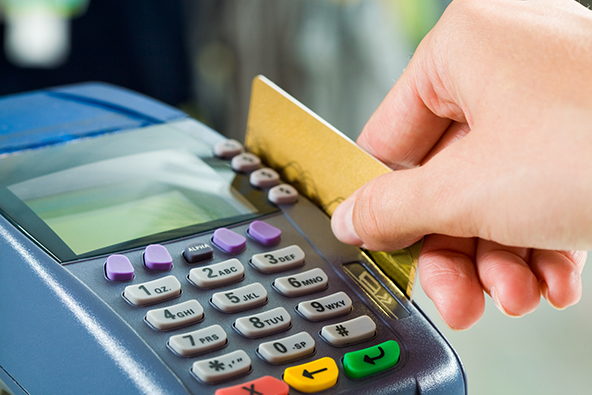16 Tips for Avoiding E-Commerce Chargebacks

Chargebacks are the single biggest issue, ahead even of fraud, e-commerce merchants have to deal with on a daily basis. It is a great challenge, to be sure, not least because chargebacks can result from a number of causes, including customer disputes, processing errors, authorization issues, inaccurate transaction information and yes, fraud.
There is no single silver bullet that would solve your chargeback woes once and for all. Rather, you need to develop a multifaceted strategy to separately address each individual chargeback cause. Then you will have to train everyone involved in the processing of credit card payments in your organization on the implementation of this strategy. If you did a good job at that, your chargeback rate would drop dramatically. It is unlikely that you will ever be able to get rid of chargebacks altogether, not least because some causes are beyond your control, but you can certainly get them down to an acceptable level.
With that in mind, here are my 16 tips for avoiding e-commerce chargebacks:
1. Get a Positive AVS Match
Always do an Address Verification Service (AVS) check with the card issuer and make sure that you received a positive AVS match of the address and the ZIP code. Otherwise, do not proceed with the transaction.
2. Ship to the Billing Address
The AVS only confirms the validity of the billing address. If the shipping address is different, there is no way of telling whether or not it is legitimate.
3. Obtain a Delivery Confirmation
You need to obtain evidence that your shipment was delivered and received. A signed shipping receipt would do the trick.
4. Authenticate Your Customers
Use MasterCard SecureCode and Verified by Visa to authenticate the identity of participating cardholders. These two services protect you from certain types of chargebacks.
5. Get the Card Security Code
You absolutely must get the three-digit code on the back of Visa, MasterCard and Discover cards and the four-digit one on the front of American Express cards. It confirms that the cardholder is in physical possession of the card at the time of the transaction.
6. Process Refunds Quickly
If you have to make a refund, do it quickly. It won’t make the experience any more pleasant, but it will prevent a customer dispute, which is the prelude to chargebacks.
7. Provide Refund Details in Writing
Email your customer and tell her when the refund was issued and at what amount. Give her a cancellation number, if applicable, and any other information you think relevant.
8. Clearly Identify Yourself on Your Customer’s Statement
If your customer does not recognize the name of your business on her credit card statement, she will dispute the associated the transaction. Simple as that. Your processor can manage the way your name appears on credit card statements through the billing descriptor. Make sure it is set up correctly.
9. Post Your Phone Number on Your Website’s Home Page
It is essential that your customer service phone number is easy to locate. If there is an issue, you want your customer to contact you first, before she contacts her bank. Make it easy for her and make sure that someone answers quickly.
10. Obtain Acceptance of the Terms and Conditions of the Sale
Your customer must explicitly agree to the terms of the sale, before it is completed. Have her click on an “Agree” or “Accept” button, before taking her to the checkout.
11. Obtain an Explicit Permission for Participation in Recurring Plans
Only set up recurring payment plans after your customer has agreed to it. A signature would be best, but a checked box would also do.
12. Notify Customers Before Processing Recurring Payments
In recurring and installment plans you need to send billing notices prior to the processing of each payment. Always inform your customer of the date the payment will be processed and the amount.
13. Have a Customer-Friendly Cancellation Policy
If you provide subscription or membership-based services, make it easy for customers to cancel their participation. A “no-questions-asked” policy is strongly recommended.
14. Obtain an Authorization Approval for Each Recurring Payment
Even though you already have obtained an authorization approval for the first payment of the recurring or installment plan, you will have to do it again for each subsequent payment. Remember, credit card information can change and when it happens, you need to request that your customer updates her account.
15. Avoid Using Voice Authorizations
Voice authorizations bypass your processor’s system and cannot be used in chargeback re-presentments.
16. Do Not Settle a Transaction if the Authorization is More Than 7 Days Old
Sometimes you will have to wait before settling a transaction, most often when the shipping is delayed. If the original authorization is more than seven days old, request a new one, before settling the transaction.
There are other items that can be added to the list, but I believe that these are the most essential 16 tips for avoiding e-commerce chargebacks. If you believe that I have missed an important one, please share it in the comments below.
Image credit: Posteurop.org.


